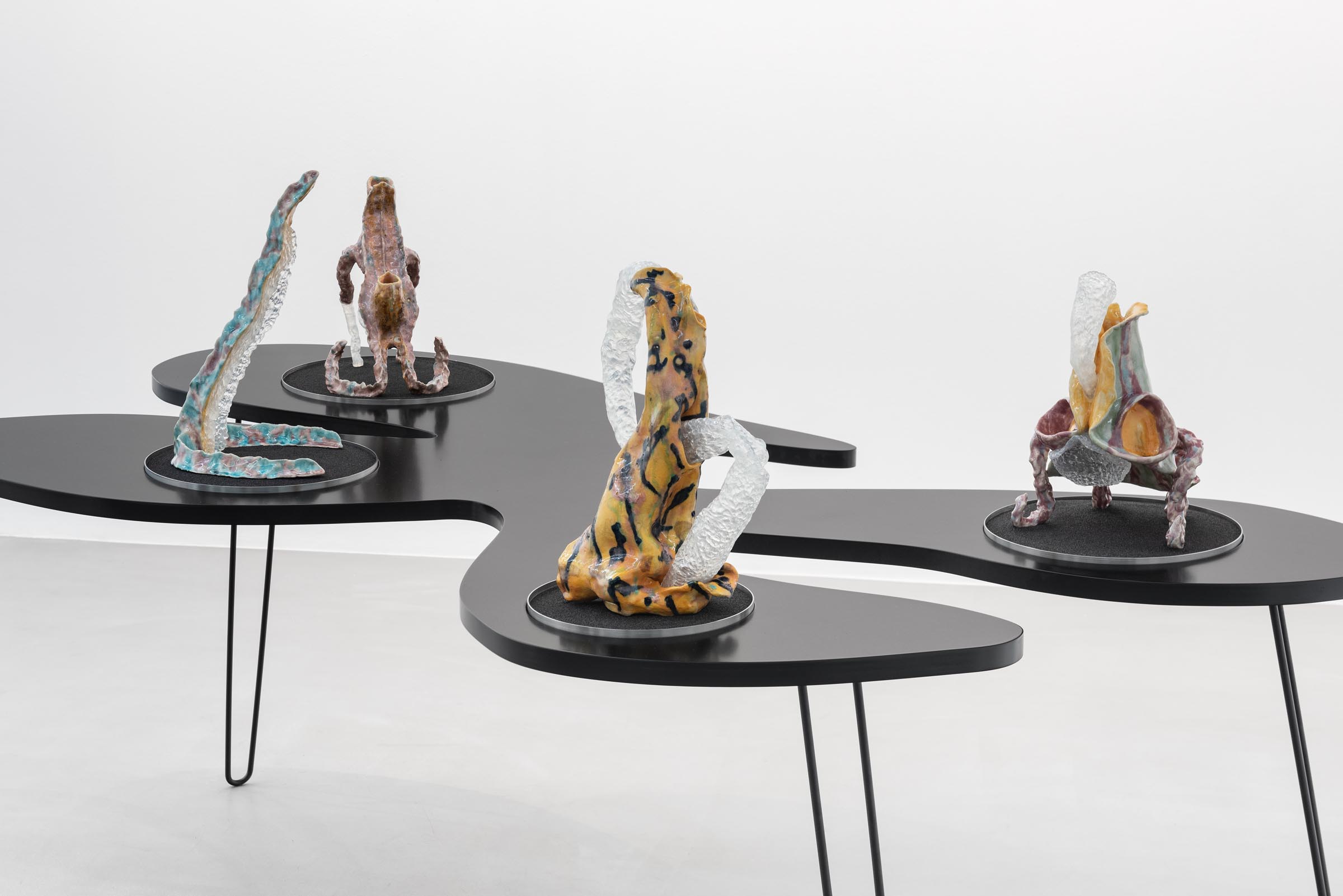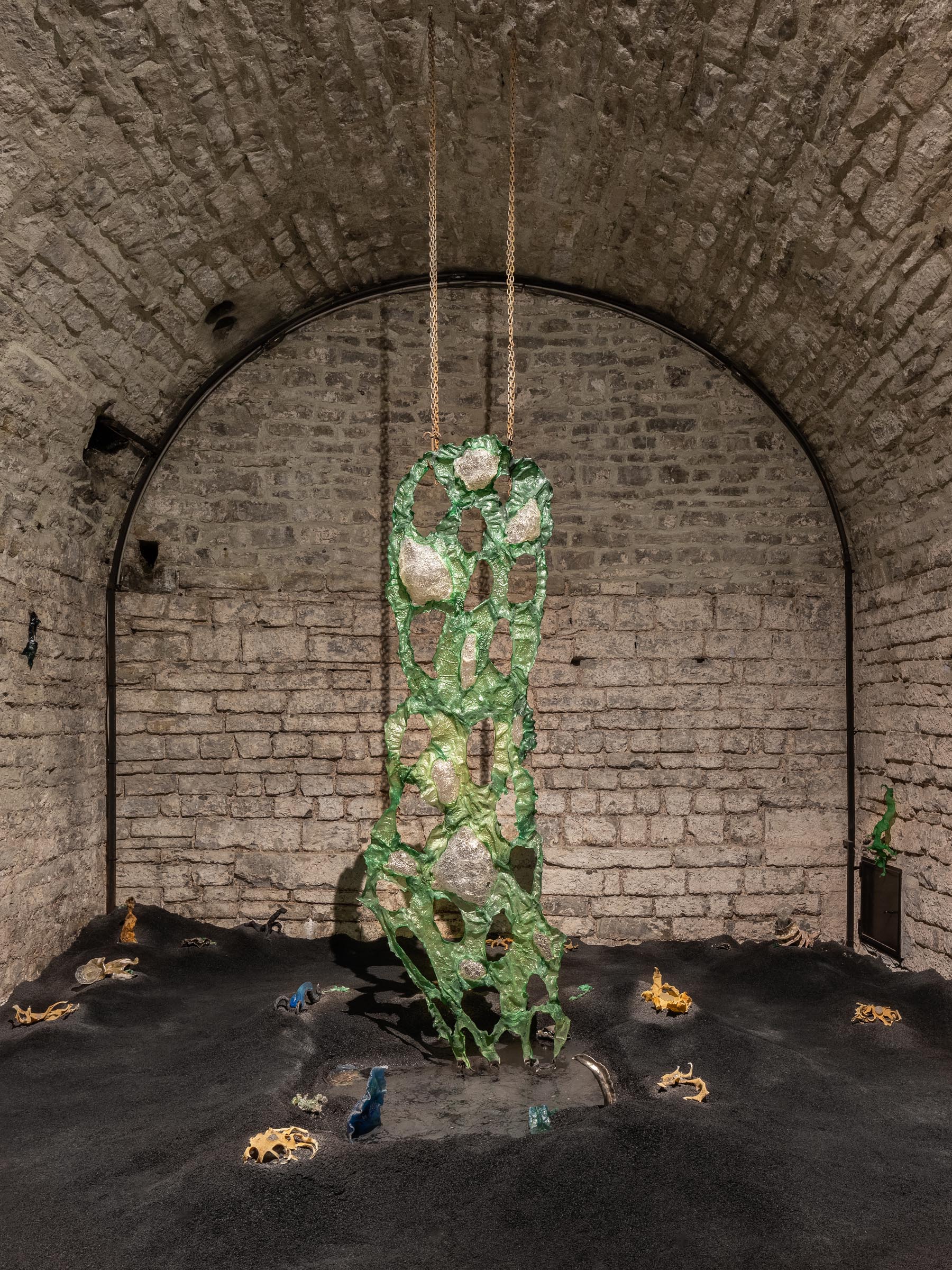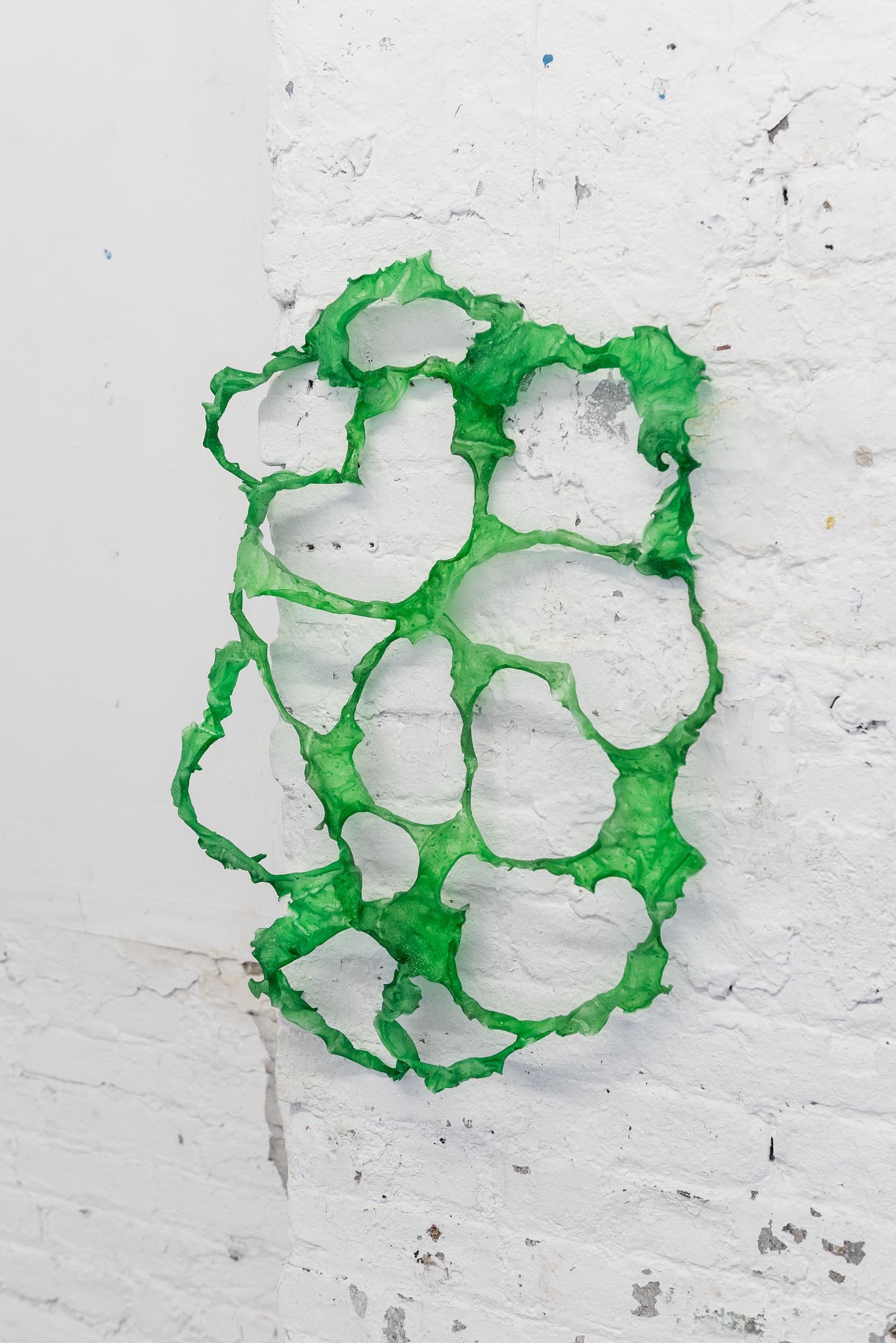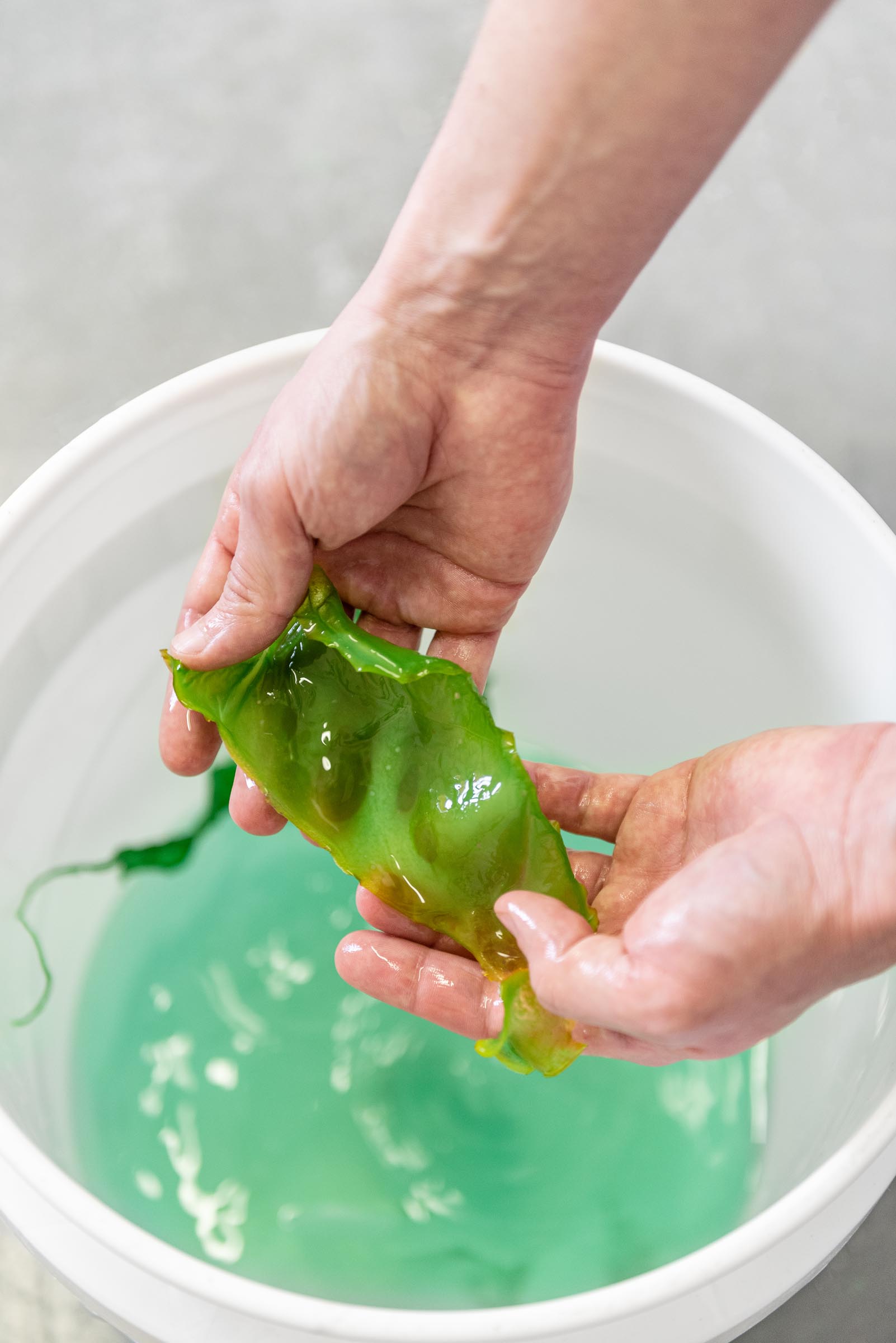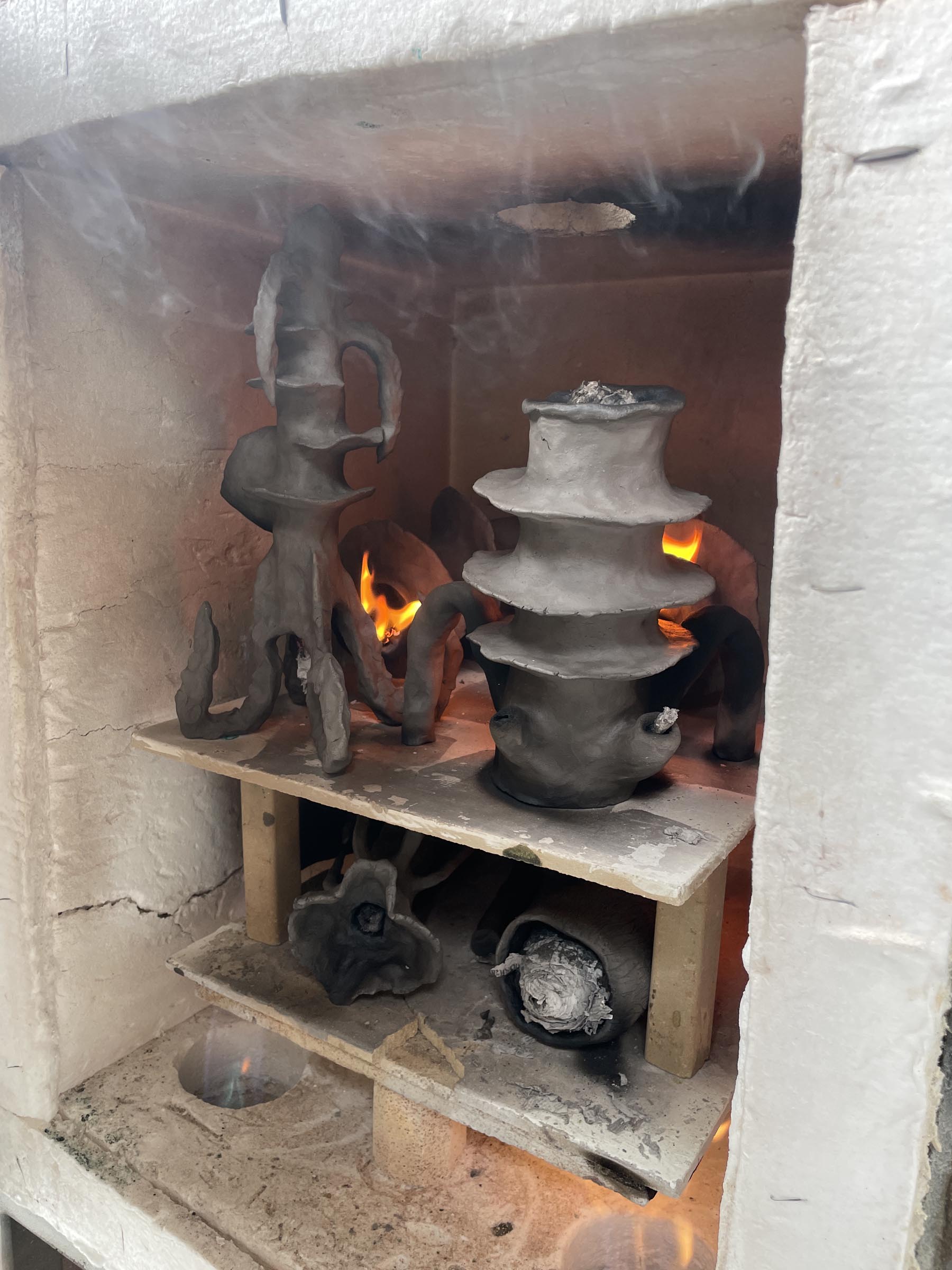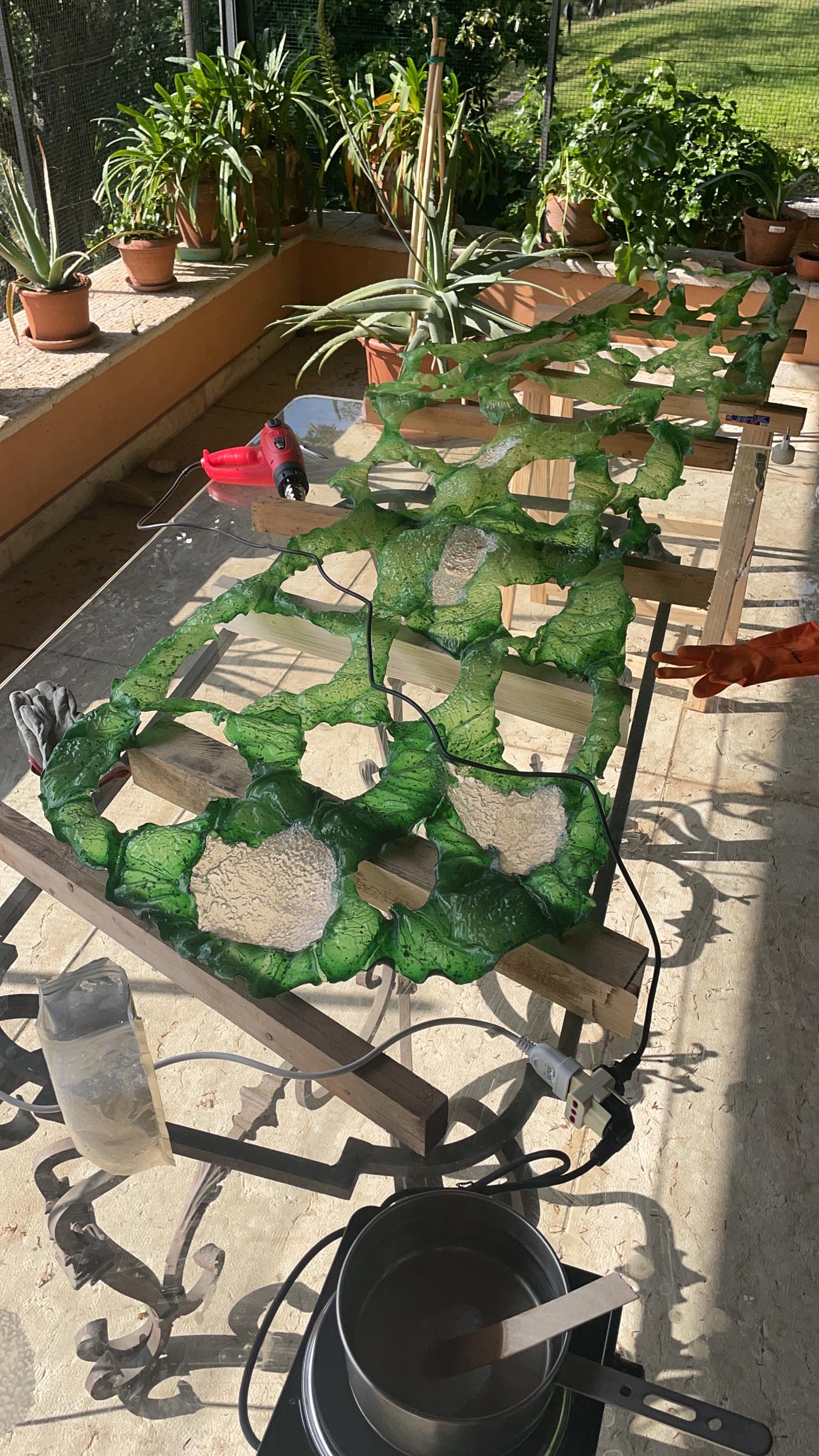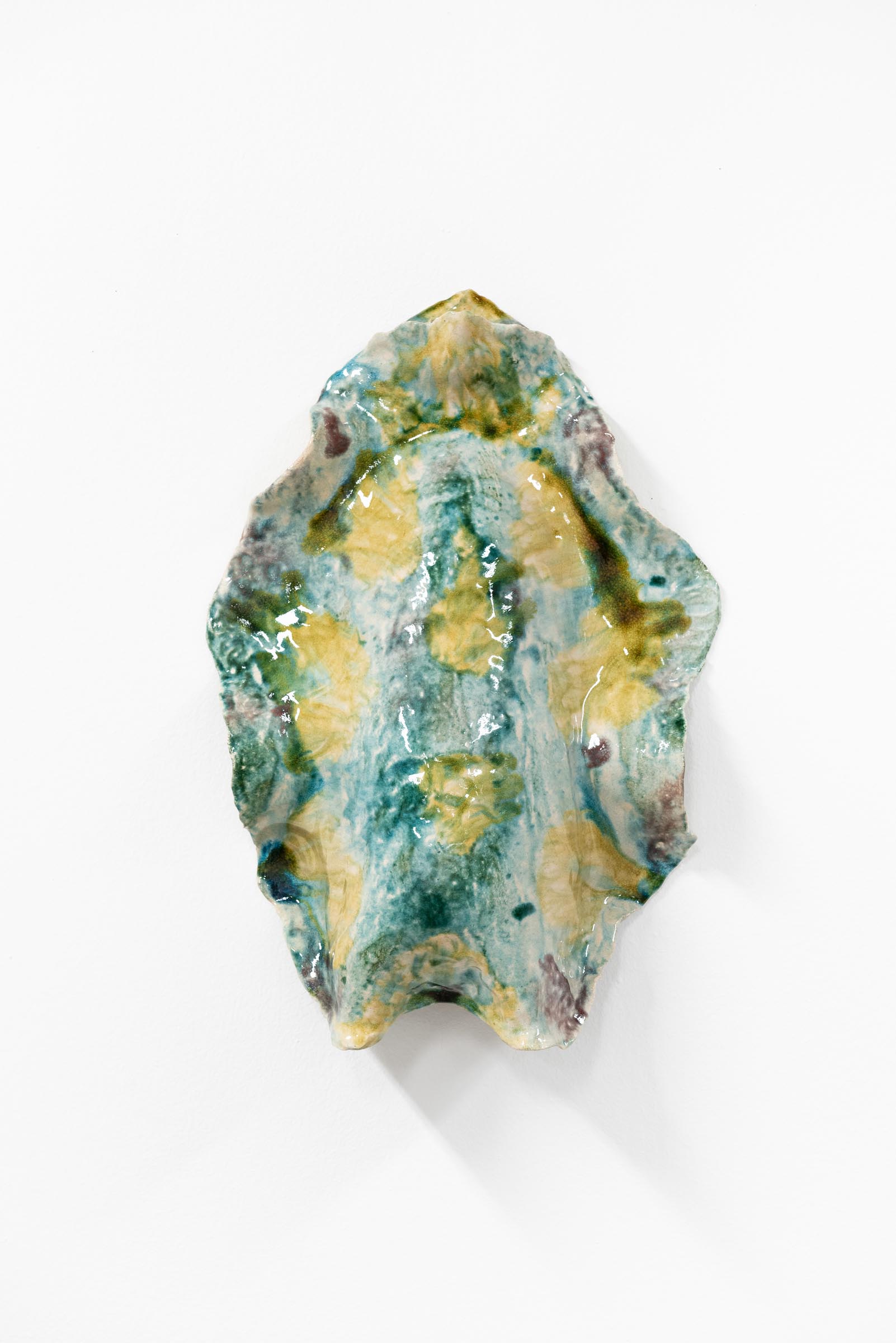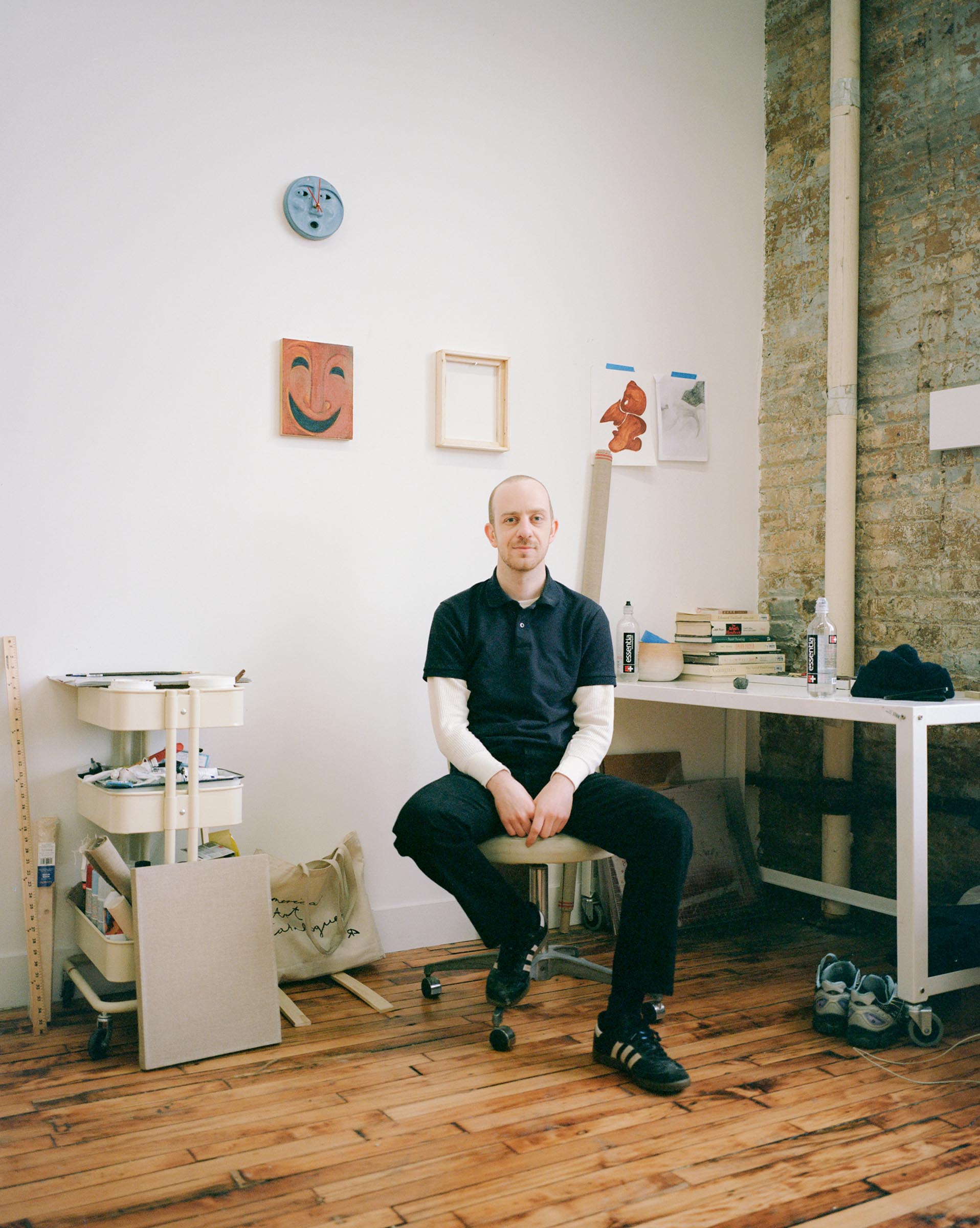How did you get into making art?
I think my fascination for art grew out of my parents and the multidisciplinary education they gave me from an early age. My sensibility was formed through art, music and history. I developed an interest in nature and the environment early on, probably because I grew up in close contact with them in the countryside.
After my classical education I decided to enroll in the Brera Academy of Fine Arts in Milan where I slowly refined my thinking thanks to some teachers and the comparison with friends and colleagues, but I think my awareness of wanting to do this work came only once I got out of the studies thanks to a series of residencies held in Italy and abroad and especially thanks to the knowledge of people similar to me with whom I still carry on fruitful exchanges that have made me grow a lot over the years.
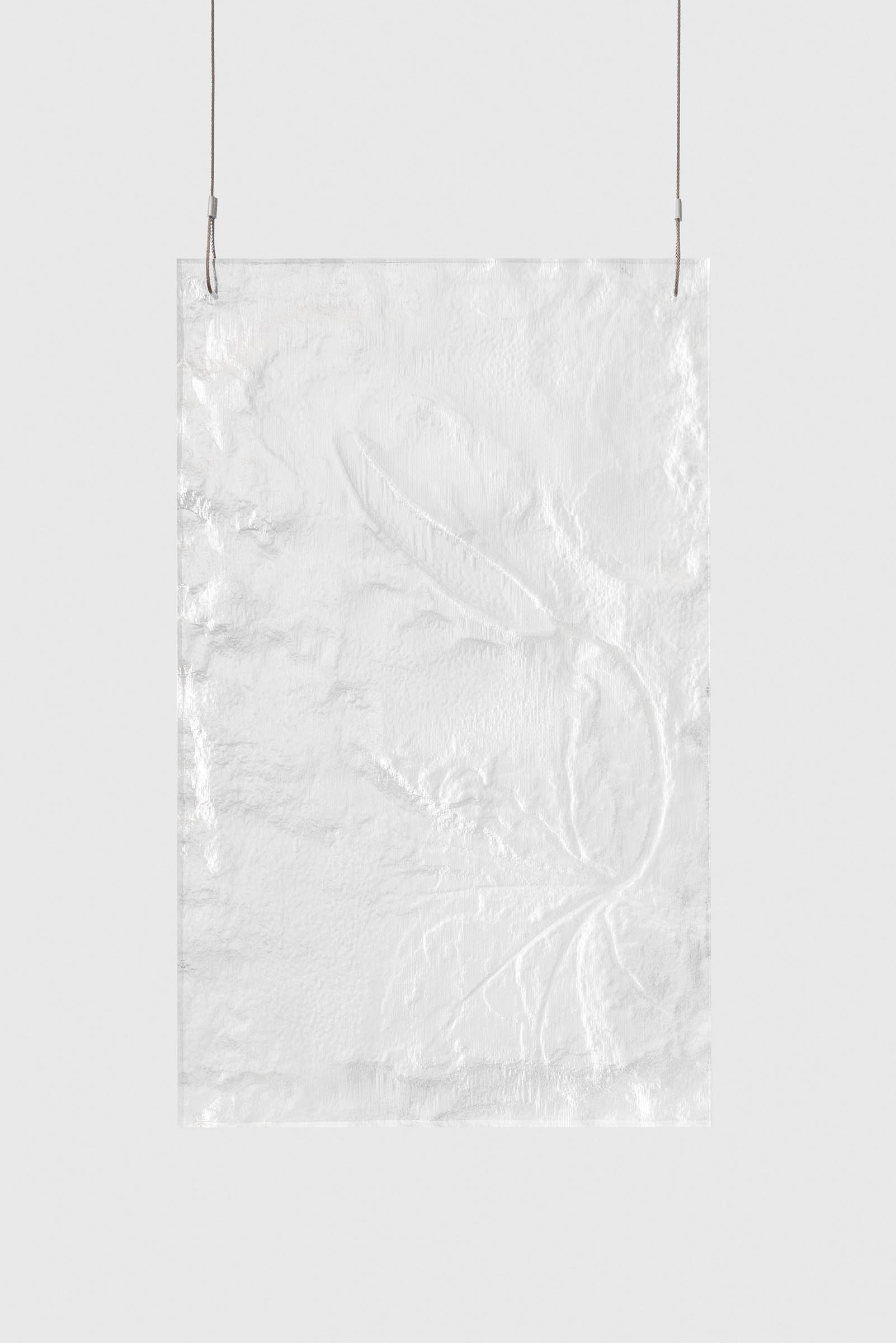
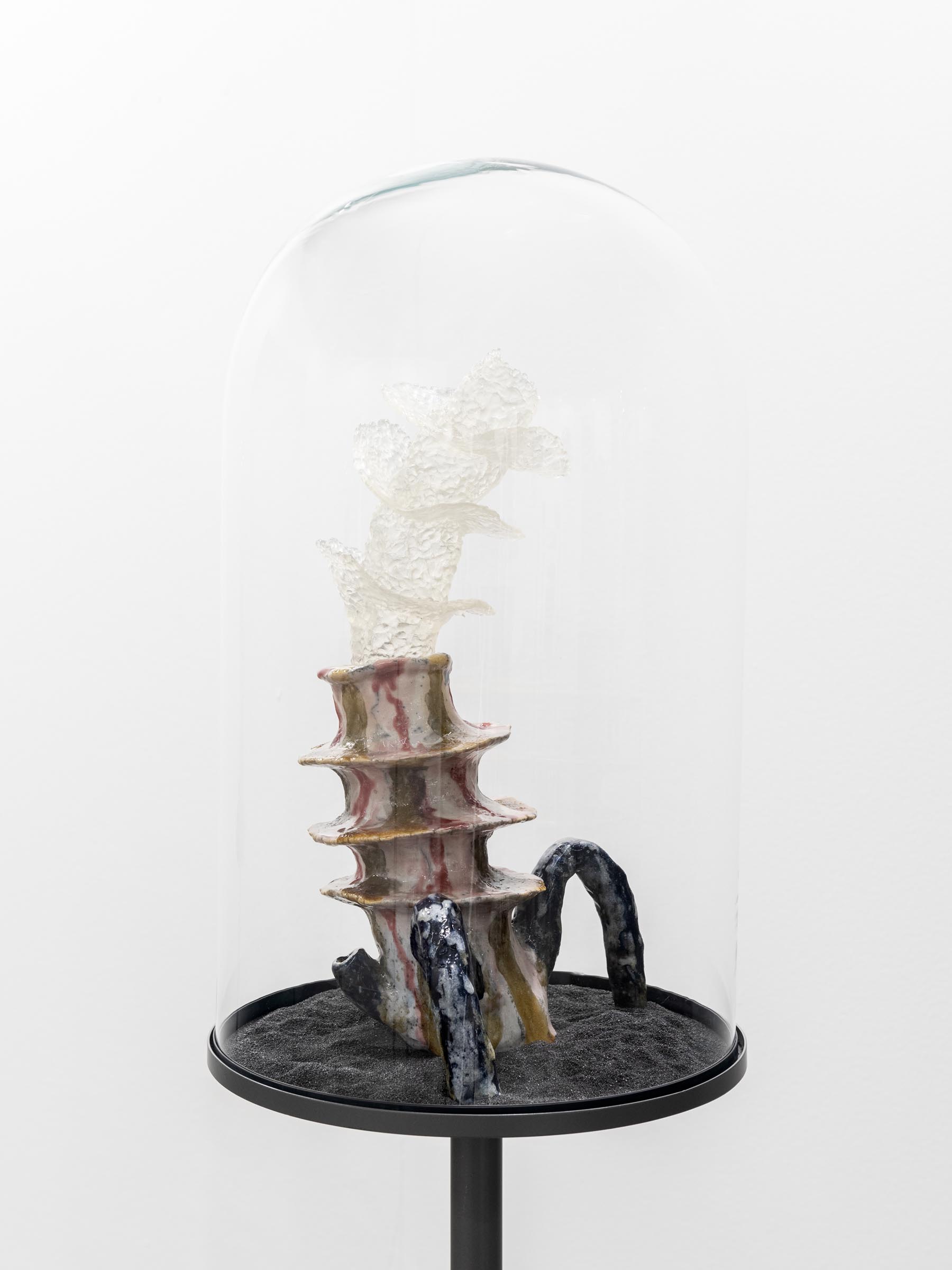
What are you currently working on?
Over the past few years, I have been addressing the possible mutations that species in the oceans might undergo due to plastic pollution issues.
I am currently pursuing the biomaterials study begun in 2022 to investigate possible new alternatives to conventional plastics, as well as the use of synthetic materials and AI in delineating new imagery.
As recent studies in geology show that microplastic pollution has also reached remote, non-anthropized terrestrial areas such as glaciers or underground environments I am shifting my area of interest from the deep sea to caves and glaciers, focusing on another possible evolution of the project. Clearly from a formal point of view this is a speculative operation, bordering on fiction, but it is intended to raise awareness of an urgent issue through a comparative study in science that lends support to the imagination.
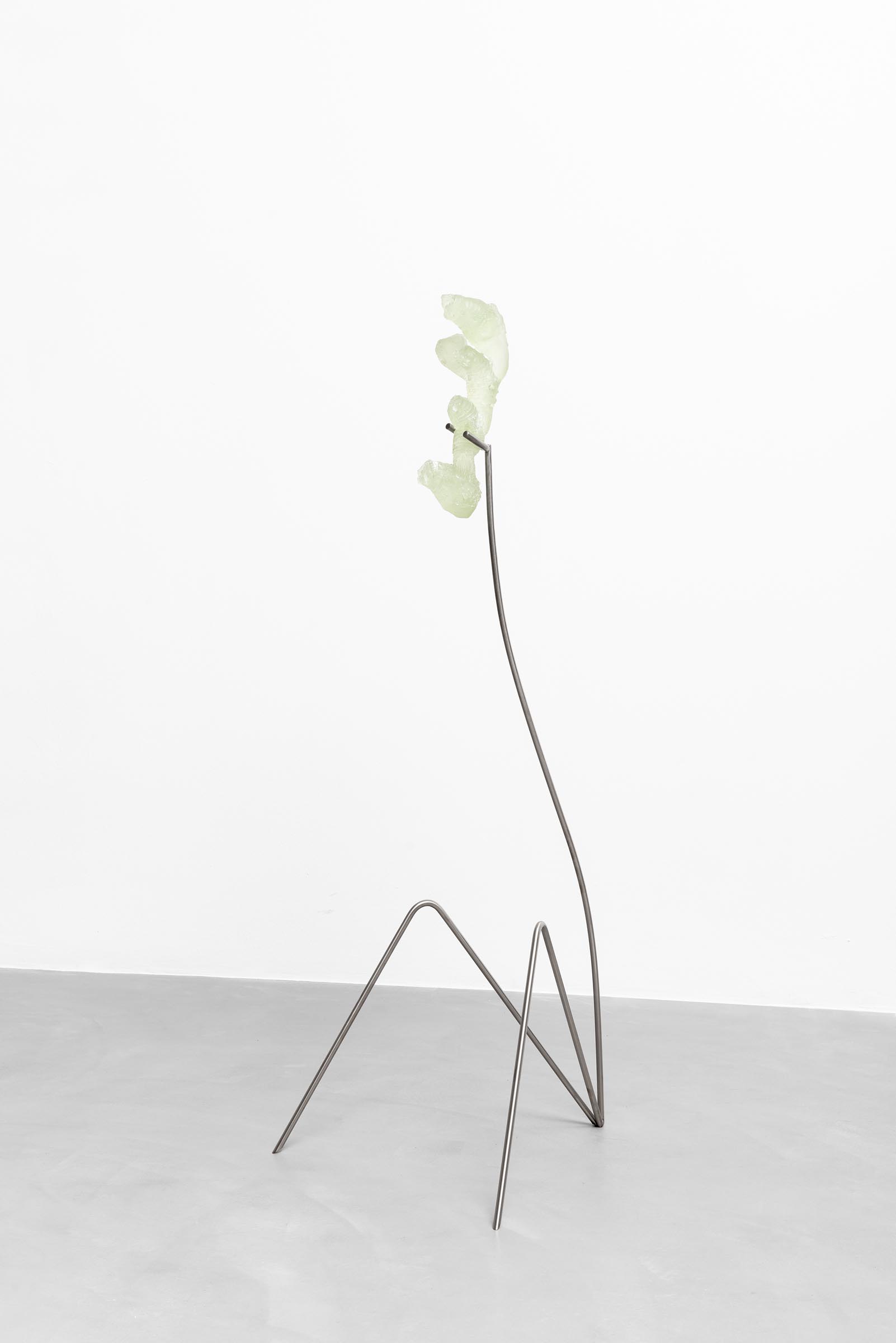
Over the past few years, I have been addressing the possible mutations that species in the oceans might undergo due to plastic pollution issues.
Giovanni Chiamenti
What inspired you to get started on this body of work?
During a residency at the NARS Foundation in Brooklyn in 2022 and networking with the Genspace community biolab, I delved into interdisciplinary research through collaboration with a marine microbiologist and a biomedical engineer, noting how recent scientific findings show that many life forms are unwittingly feeding on micro- and nano-plastics by incorporating them into their metabolic process.
With my latest series of works I am going to delineate a world suspended between past, present and future, where I accompany the viewer to discover the remains of hybrid creatures that have developed on top of the plastic waste of a humanity that has fed on its own toxic waste.
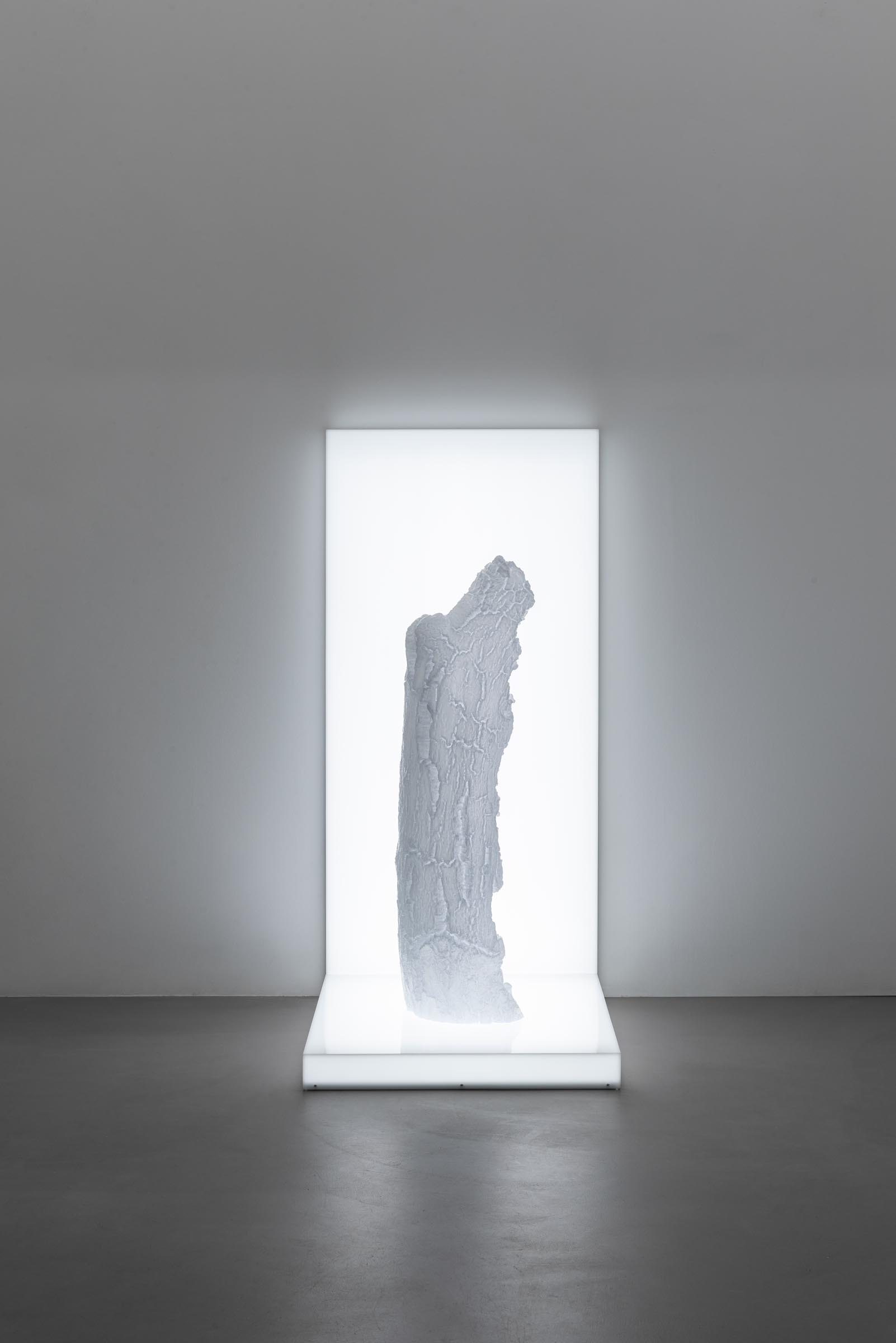
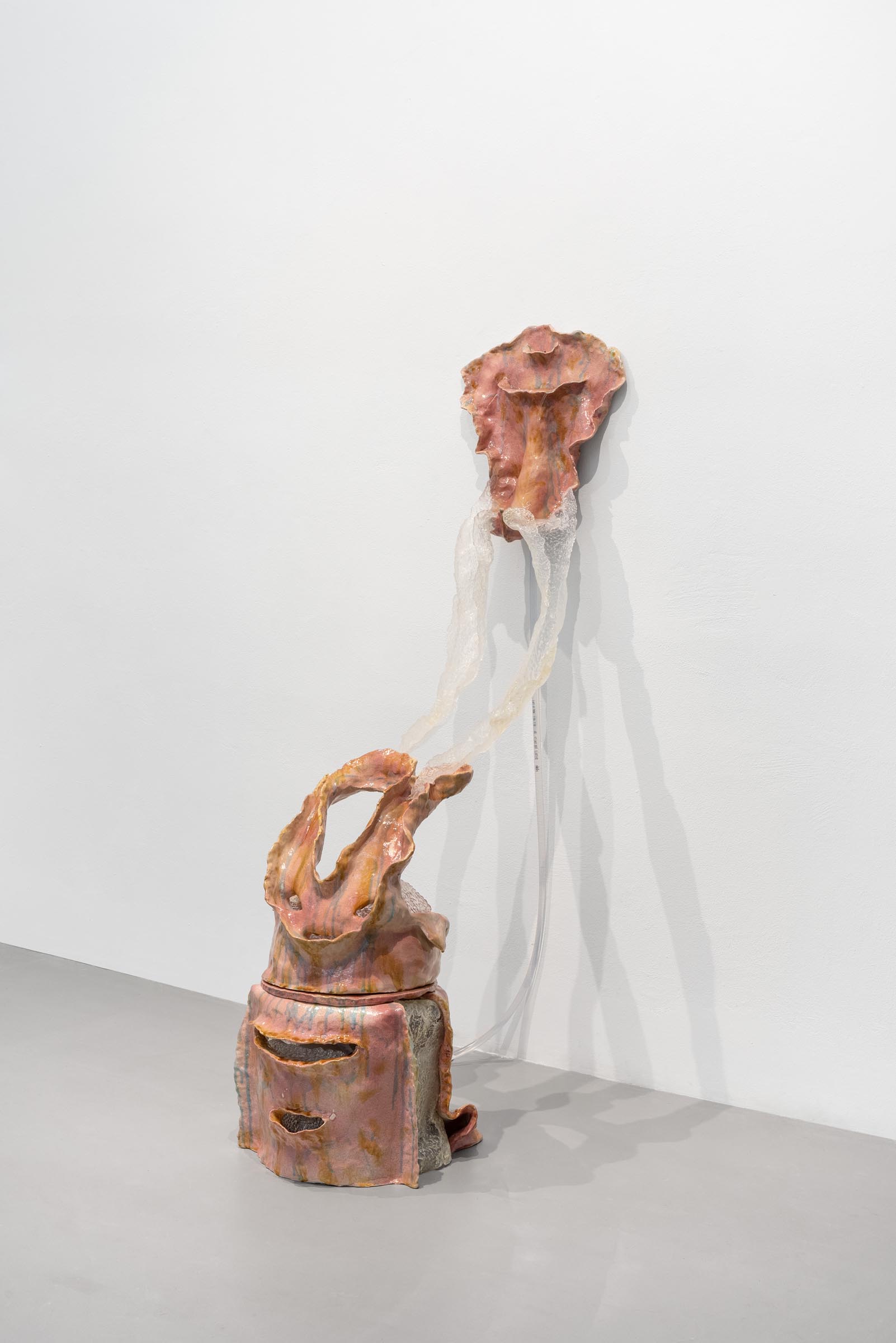
Do you work on distinct projects or do you take a broader approach to your practice?
Generally while working on a specific project, branches or hints arise to address micro/macro-issues that are directly related to the previous one and help me to reread particular details not fully developed and potentially interesting.
What’s a typical day like in your studio?
My interest in social/environmental issues, science, and materials has led me in recent years to develop my work on various fronts by combining experimentation with natural and synthetic materials with investigation of the latest discoveries in the biological and geological spheres that can intercept the public’s attention on certain issues.
I thus alternate periods of production with moments of comparative study to maintain a balance between the theoretical and the imaginative realms.
Who are your favorite artists?
Clearly my thinking has been shaped by a generation of established artists including Anna Veronica Janssens, Anicka Yi, Michel François, Huma Bhabha, but inevitably I feel much more connected to the sensibility of the latest generations of contemporary artists among whom I could mention Jean Marie Appriou, Mire Lee, Petrit Halilaj, Cyprien Gaillard, Nicolás Lamas.
Where do you go to discover new artists?
I am always looking for new artists because I feel the need to discover as many glimpses and visions as possible. This is a propaedeutic process for the evolution of my language that draws on poetics even far from mine. Traveling, attending fairs, galleries and museums surely remains the best method to stay updated and unearth new artists although of course publishing and instagram are sources where I draw on a daily basis.
Learn more about the artist by visiting the following links:




